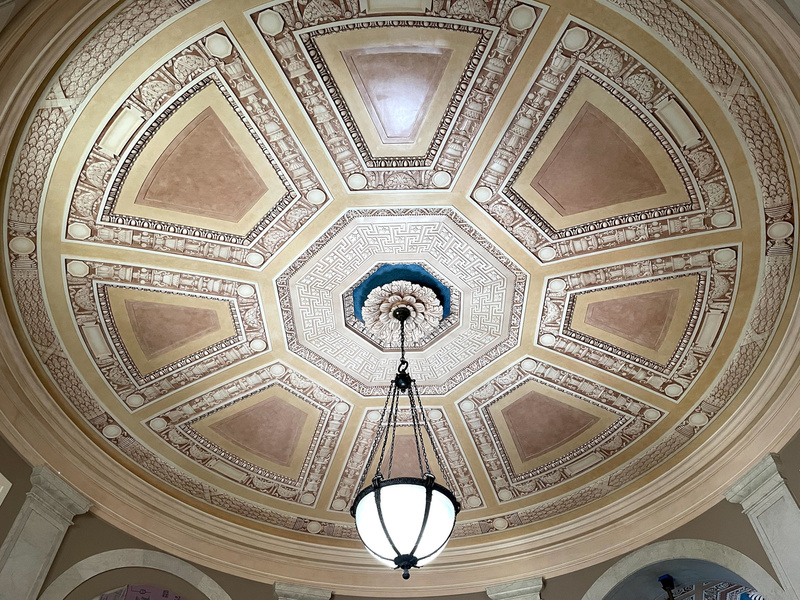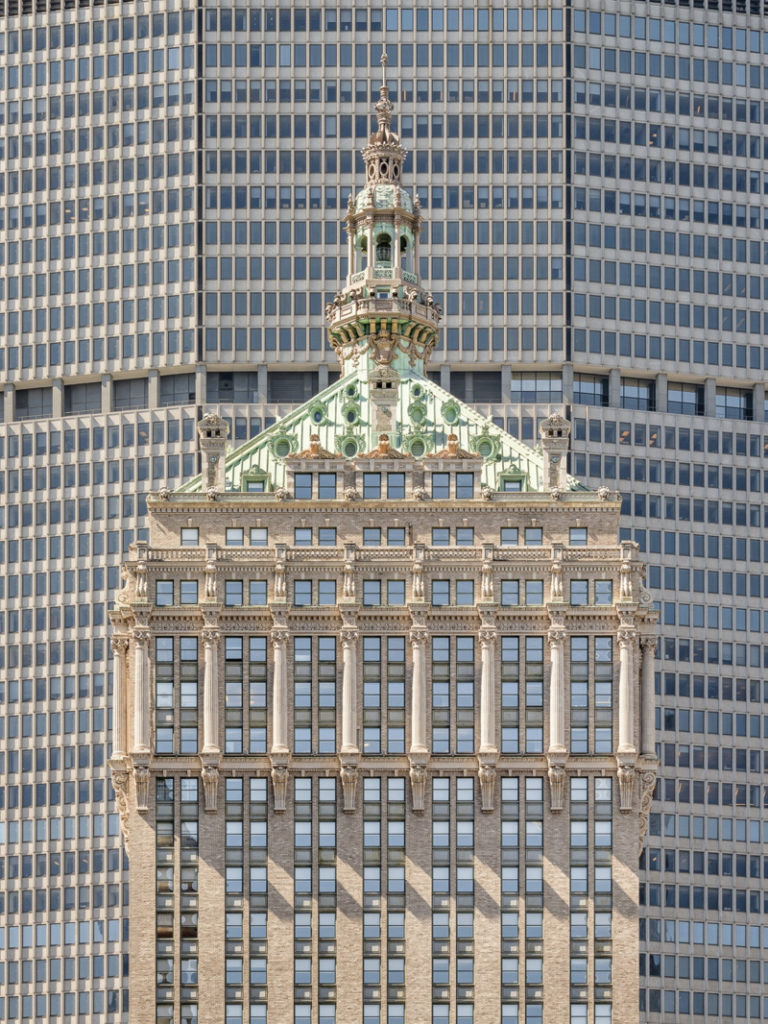
On April 20, 2022, the winners of the New York City 2022 Lucy G. Moses Preservation Awards will be recognized in a ceremony at the Cathedral of Saint John the Divine in Morningside Heights. Presented by the New York Landmarks Conservancy, the Lucy G. Moses Preservation Awards recognize individuals, organizations, and building owners for their contributions to the City.
“We have an amazing range of Lucy winners this year,” Peg Breen, President of The New York Landmarks Conservancy, said in a statement. “From daring work at the top of individual landmarks to a dazzling Art Deco room to remarkably affordable housing projects. The City’s incredible architectural diversity will be on full display,” she added, “and we’re thrilled to be celebrating it all in person again.” Read on to learn more about some of this year’s Lucy G. Moses Preservation Awards recipients.
1. Helmsley Building

Located at 230 Park Avenue, the Helmsley Building was built in 1929 as the New York Central Building in the Beaux-Arts style. The building serves as a skyscraping counterpart to Grand Central Terminal—designed by the same architects, Warren & Wetmore, for the same client in the same materials. Upon its completion, the Helmsley Building stood as the tallest structure in the “Terminal City” complex until the construction of the MetLife Building in 1962.
With a 16-story low-rise structure and 32-story tower capped by a pyramidal roof and crowning cupola, the Helmsley Building features ornamentation by American sculptor Edward McCartan, including a clock surrounded by heroic-sized figures of Mercury and Industry. Along the building’s facade are 32 freestanding, three-story Corinthian columns and 74 six-foot-tall terracotta bison heads on the cornice of the low-rise structure. In addition, going through the base of the building are two portals directing traffic from the Park Avenue Viaduct.
Restoration of the Helmsley Building’s facade was spearheaded by its current owner RXR and engineers Thornton Tomasetti. As a result of steel corrosion expansion, a number of the building’s terracotta bison heads had cracked. Thirty-six out of 74 were removed, repaired, and placed back. Through the use of specially designed six-foot-long stabilization anchors, much of the building’s historic terra cotta was able to be maintained. For portions of the facade’s terra cotta that could not be salvaged, new material was created to replicate the original.
General structural steel repairs were also made to prevent further deterioration while still preserving the building’s historic masonry. Other work completed on the Helmsley Building included restoring the crowning cupola on the roof and the Park Avenue arch portals.





